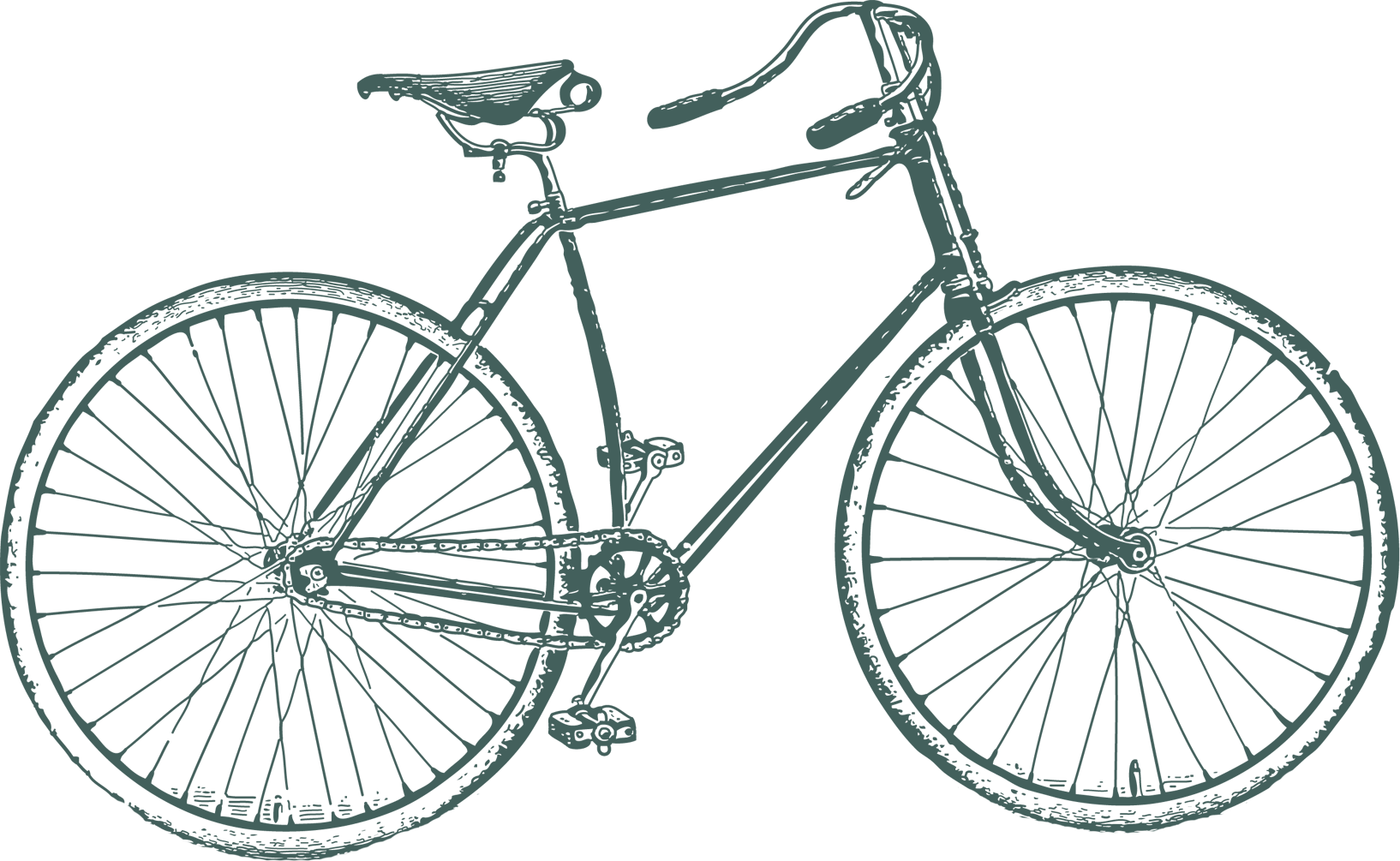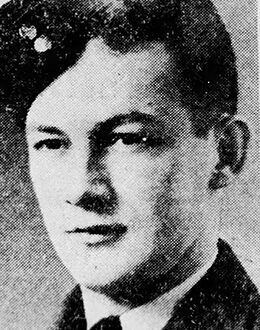The family lore surrounding my 3x-great-grandparents James Moran and Margaret Jamieson is so romantic (and I have to say, so seemingly improbable) that I sometimes refer to the story of their elopement to Canada as “The Ballad of James and Margaret.”
The story goes something like this:
Margaret Jamieson came from a family of quality, and was the daughter of a doctor, and the granddaughter of a landed gentleman, even; whereas James Moran, of much humbler origin, worked for her family as a coachman. Margaret suffered a tragic loss at an early age with the untimely death of her first husband, a Mr. Conroy. The young widow and her family’s coachman then fell in love; and, her family being opposed to the match, James and Margaret eloped to Canada.
Doesn’t the above story make my 3x-great-grandfather sound like “The Gypsy Rover”? (He whistled and he sang til the green woods rang/And he won the heart of a lady…). Except that James Moran didn’t end up as “lord of these lands all over.” Instead, he ended up as a yeoman of Huntley Township, Carleton County, with 200 acres of land to divide between his two surviving sons Thomas and Alexander Michael.1 Not exactly “lordly,” but not bad for an Irish Catholic emigrant who was likely the landless son of a landless tenant farmer back in Ireland.
But back in Ireland where?
Toward the end of his life, Thomas Edwin Moran (1860-1942), a grandson of James Moran and Margaret Jamieson, wrote some reminiscences of his family, only a few fragments of which have survived. In these notes, he wrote that James and Margaret had come from “either King’s or Queen’s County”2 — unfortunately, he couldn’t remember which. He also couldn’t remember the first name of Margaret Jamieson’s first husband, but gave the surname as Conroy. He also believed that Margaret Jamieson had inherited some land in Ireland, but wrote that, the journey back to Ireland being so difficult and so fraught with peril, her husband “would not consent” to her returning (to Ireland) to “settle the estate.”
Forsaking a life of refinement and comparative ease, she chose the crude pioneer life of the Upper Canada wilds
And in his really wonderful “A Collection of Family and Ottawa Area Information,” Alec Lunney also cited King’s and Queen’s as the counties of origin for James Moran and Margaret Jamieson, though he seemed to suggest that one of them (Margaret? or James?) came from King’s, while the other (James? or Margaret?) was a native of Queen’s:
My mother’s maternal grandmother was Margaret Jamieson, who had an upbringing of advantage in Ireland. Her father was a doctor, as were five of her uncles. Her grandfather was a landed gentleman in Ireland. Her mothers name was Fraser, so that although she lived in Ireland she was but slightly Irish stock. She married my great-grandfather James Moran against her family’s wishes and left with him for Canada. This was sometime between 1815 and 1820.
Foresaking a life of refinement and comparative ease, she chose the crude pioneer life of the Upper Canada wilds. She and her husband were natives of Kings and Queens counties.
One thing that strikes me about both Thomas Edwin Moran’s notes and Alec Lunney’s more polished account is that each man knew how to write. “They lived on a farm in the White Lake district,” wrote Thomas Edwin Moran of his parents Alexander Michael Moran and Mary Ann Leavy, “a virgin forest well populated with wolves, bear, and deer. If they wished to hear the wolves howl, they’d blow the dinner horn which was made of the bow of an ox and the wolves would answer.” That sounds like an Irish-Canadian version of Little House on the Prairie! If only he had written more (but I doubt he had much time to write, throughout most of his life, at any rate: Thomas Edwin Moran was a farmer and then a carpenter, with a family of ten children to support).
And here is Alec Lunney on his great-grandmother Margaret Jamieson:
Though the rigors of pioneer life, its isolation and its hardships must have been in striking contrast to her early upbringing, she was compensated by a long and happy life with her own children and numerous descendants living throughout the Ottawa Valley. After her husband’s death she made her home with her unmarried son “Uncle Tom.” She had lived from 1798 into the early eighties of last century. My mother never wearied of telling of her, and it is very apparent that in the pioneer community so long ago, hers was a benign and refining influence.
As family history, this is not a bare recital of names and dates and begats; this is a narrative peopled by actual characters.
And I should note that Alec Lunney’s genealogy was extremely well done. Long before the days of easy access to online records, he compiled highly accurate family trees of several branches of his family (two of which are also branches of my father’s family tree); and most of his information has since been sourced and documented by later family history researchers.
And yet. And yet. I cannot help but have some serious doubts about the story of James Moran and Margaret Jamieson that has been handed down in the family. What to make of this family lore?
“The Ballad of James and Margaret” to be continued…



